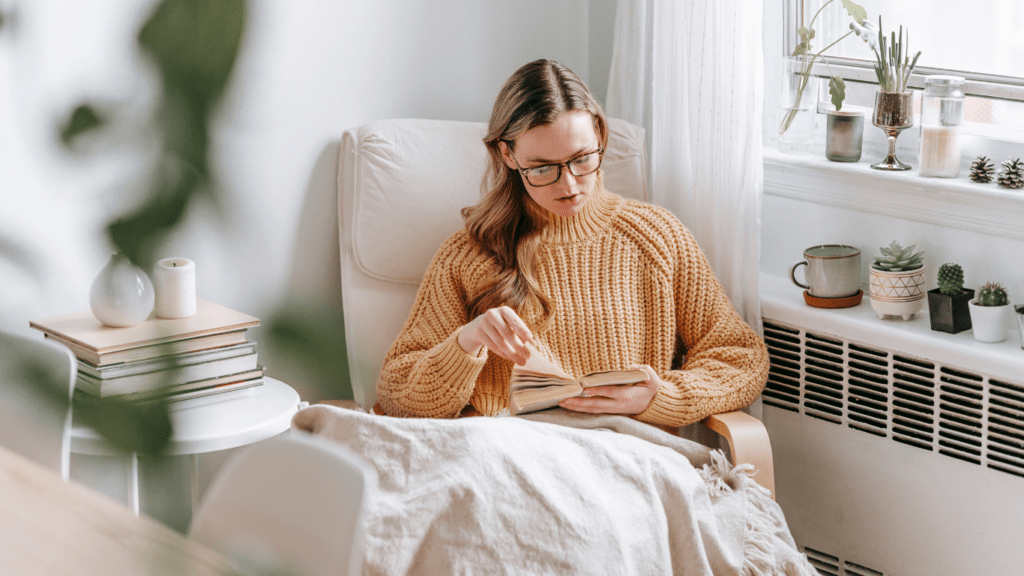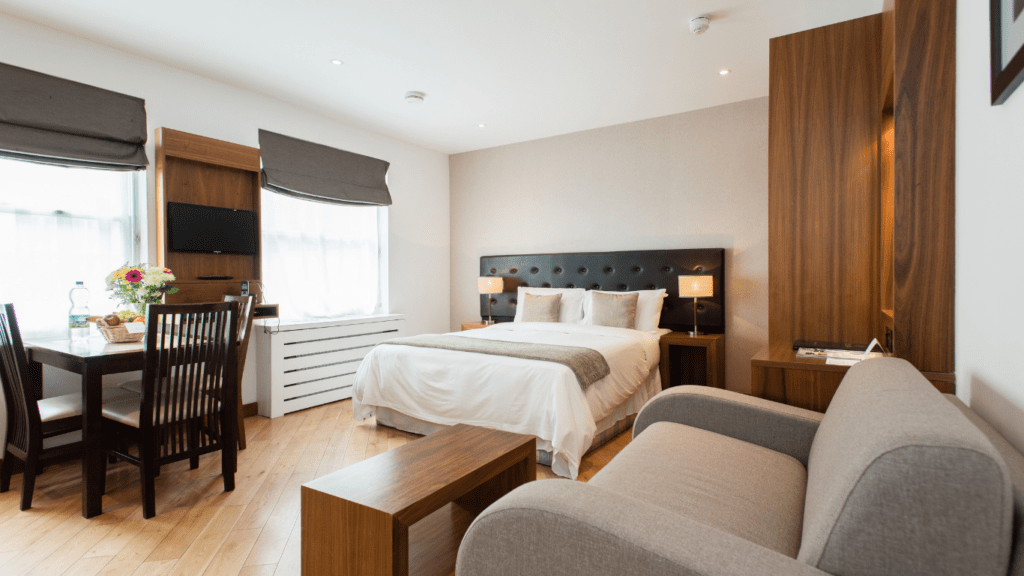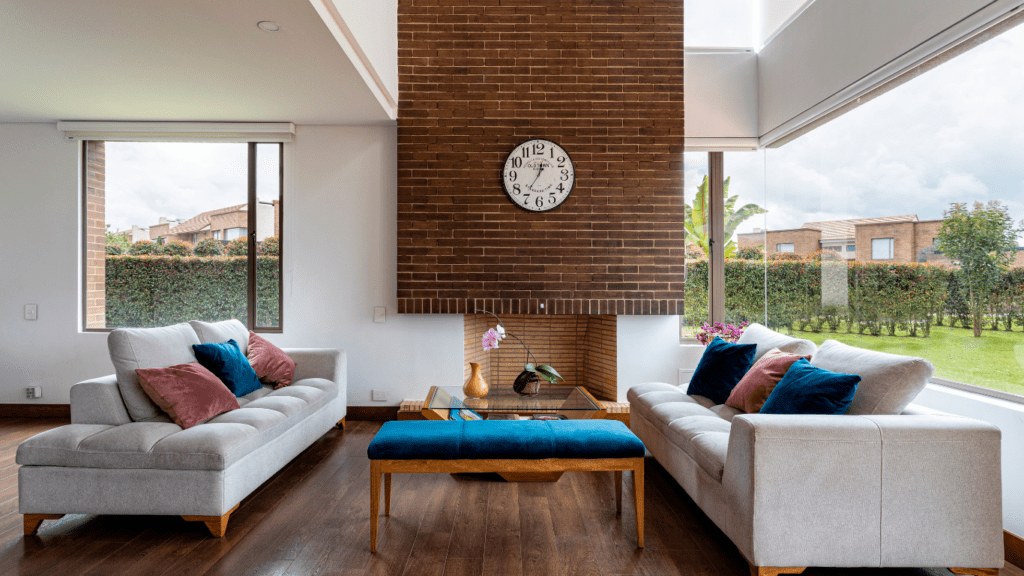Understanding Cozy Corners
Creating cozy corners involves more than just placing furniture. It requires a thoughtful blend of comfort, aesthetics, and functionality tailored to individual preferences. First, identify spaces that can serve as potential cozy corners. These might include unused nooks, window seats, or even a corner of a living room.
Materials play a vital role in enhancing coziness. Soft fabrics, plush cushions, and warm throws add comfort and invite relaxation. Consider using natural materials like wood and cotton, which can create a warm and inviting atmosphere.
Lighting significantly impacts the ambiance of a cozy corner. Soft, diffused lighting such as table lamps, floor lamps, and string lights creates a relaxing environment. Avoid harsh overhead lights, focusing instead on creating a gentle glow.
Furniture arrangement is crucial. Position chairs and sofas to promote interaction and engagement. Place a small table within reach for convenience, adding personal touches like books and art to make the space unique and inviting.
Incorporate plants to add a touch of nature and serenity. They bring freshness and improve air quality, making the space feel more welcoming. Choose easy-to-maintain plants like succulents or ferns.
Detail is key. Small decorative elements like candles, rugs, and framed pictures add personality and warmth. They transform a plain nook into a personal retreat, reflecting your style and increasing comfort.
By understanding these elements and thoughtfully arranging them, anyone can create a cozy corner that offers a perfect escape within their home.
Selecting the Right Furniture

Picking the right furniture is crucial for creating a cozy corner. Selecting pieces that balance functionality and aesthetics ensures the space feels inviting and relaxing.
Functional Pieces
Functional pieces make the most of a cozy corner. Multifunctional furniture, like ottomans with storage or expandable coffee tables, maximizes utility in small spaces. Nesting tables can be practical too; they provide surface area when needed and tuck away neatly when not in use. Shelving units with built-in lighting add both storage and ambiance.
Comfort and Style
Comfort and style are essential for a relaxing environment. Plush armchairs with high-quality upholstery offer a comfortable seating option. Soft textiles, such as oversized throw blankets and plush pillows, enhance coziness. Incorporating natural materials like wood and rattan can create a warm, inviting atmosphere. Balance these elements to ensure the space looks stylish yet feels comfortable.
Planning Your Arrangement
Every cozy corner starts with efficient planning. A well-thought-out arrangement maximizes both comfort and style.
Measuring the Space
Accurate measurements are crucial for effective furniture arrangement. Measure the length, width, and height of the area to understand the available space. Identify any architectural features like windows, doors, or built-in shelves that could influence furniture placement. Use a tape measure and sketch a basic floor plan, including these elements, to visualize where furniture might fit best.
Creating a Focal Point
A focal point draws the eye and anchors the room. Choose an element that will serve as the centerpiece, such as:
- fireplace
- large window
- statement piece of furniture
like an armchair or sofa. Arrange surrounding furniture to enhance this focal point, ensuring it remains the center of attention. Use complementary decor, like artwork or rugs, to further highlight the focal element.
Tips for Small Spaces
Small spaces can be made cozy and functional with the right furniture arrangement and creative solutions. By incorporating multi-functional furniture and vertical solutions, you can maximize utility and aesthetics even in limited areas.
Multi-functional Furniture
- Multi-functional furniture is essential for small spaces.
- Pieces that serve multiple purposes help save room and reduce clutter.
- Use items like sofa beds, which offer a place to sleep and sit.
- Choose ottomans with built-in storage for blankets or magazines.
- Opt for folding tables that provide extra surface area when needed and can be tucked away when not in use.
- Consider investing in modular furniture that can be reconfigured to fit various needs. For example, sectional sofas can be rearranged to suit different room layouts.
- Murphy beds, which fold into the wall, free up floor space during the day.
By integrating multi-functional pieces, you can create a versatile and livable environment in small spaces.
Vertical Solutions
Using vertical space is crucial in small rooms. It helps optimize the area without overcrowding. Install wall-mounted shelves to store books, decor, or kitchenware. Floating shelves provide storage while maintaining a clean look. Use tall bookcases to keep items organized and free up floor space.
Consider hanging plants from the ceiling or on high shelves to add greenery without sacrificing space. Employ pegboards in kitchens or home offices for organizing utensils or tools. Loft beds create additional space underneath for desks or seating areas. Vertical storage solutions maximize functionality in compact spaces and contribute to a cozy atmosphere.
Adding Personal Touches
Personal touches bring warmth and character to any space. By carefully selecting textiles, rugs, lighting, and accessories, a room can feel uniquely yours.
Textiles and Rugs
Textiles, such as throw blankets, pillows, and curtains, add softness and comfort to any room. Using various textures and patterns, like velvet cushions or linen drapes, creates visual interest. Rugs define spaces and add warmth underfoot. Opt for area rugs that complement your color scheme. Layering rugs can also add depth and coziness.
Lighting and Accessories
Lighting affects the mood and functionality of a space. Mix ambient, task, and accent lighting to create a balanced atmosphere. Floor lamps, table lamps, and string lights can provide soft, diffused light. Accessories, like framed photos, artwork, and decorative items, add personality. Choose pieces that reflect your interests and style to make the space truly yours.



 Betsylie Sheetsin – Home Renovation Expert
Betsylie Sheetsin serves as the Home Renovation Expert at Castle Shelf House, specializing in giving practical advice for both small and large-scale home improvements. With years of experience in construction and renovation, Betsylie understands the importance of blending durability with design. Her insights into home renovation projects, along with expert advice on the latest materials and techniques, empower homeowners to tackle even the most ambitious projects confidently.
Betsylie Sheetsin – Home Renovation Expert
Betsylie Sheetsin serves as the Home Renovation Expert at Castle Shelf House, specializing in giving practical advice for both small and large-scale home improvements. With years of experience in construction and renovation, Betsylie understands the importance of blending durability with design. Her insights into home renovation projects, along with expert advice on the latest materials and techniques, empower homeowners to tackle even the most ambitious projects confidently.
